The art world has long been celebrated as a bastion of creativity and progressive thought, yet beneath its polished veneer lies a persistent imbalance. The exclusion of African artists from top-tier galleries remains a glaring contradiction in an industry that prides itself on diversity and inclusion. While conversations about "white privilege" have gained momentum in recent years, the structural barriers preventing African artists from accessing the same opportunities as their Western counterparts remain largely unaddressed.
The Illusion of Inclusivity
Major galleries and auction houses frequently tout their commitment to showcasing diverse voices, but the numbers tell a different story. A recent survey of leading galleries in New York, London, and Paris revealed that less than 5% of represented artists hail from the African continent. This underrepresentation is not due to a lack of talent—African artists have been producing groundbreaking work for decades—but rather a systemic reluctance to embrace non-Western narratives on equal footing.
Curators and gallery owners often defend this disparity by citing market demands, suggesting that collectors simply aren’t interested in African art. Yet this argument collapses under scrutiny. When African artists do secure exhibitions in prominent spaces, their works frequently command high prices and critical acclaim. The success of figures like El Anatsui and Julie Mehretu proves that the demand exists; the real issue lies in gatekeeping and the entrenched biases of those who control access to these platforms.
The Colonial Hangover in Art Curation
The exclusion of African artists cannot be divorced from the legacy of colonialism, which continues to shape cultural hierarchies. Western institutions have historically positioned themselves as the arbiters of artistic value, relegating non-European art to the margins or framing it through an ethnographic lens rather than as contemporary practice. This mindset persists today, with African art often confined to "special exhibitions" or "regional showcases" rather than integrated into mainstream programming.
Even when African artists break through, their work is frequently pigeonholed. A painter from Lagos might be expected to produce "authentically African" art—a vague and often reductive expectation rarely imposed on European or American artists. This double standard forces African creators into a precarious position: conform to Western expectations of what their art should be, or risk being overlooked entirely.
The Financial Barriers to Entry
Beyond cultural biases, economic factors play a decisive role in locking African artists out of elite circles. The cost of producing, shipping, and insuring large-scale works for international exhibitions is prohibitively expensive for many. Unlike European artists who might rely on robust state funding or established gallery support, African artists often lack institutional backing. Without access to wealthy patrons or government grants, they are left at a severe disadvantage.
Art fairs, which have become crucial networking hubs, further exacerbate this divide. Participation fees for events like Art Basel or Frieze can reach tens of thousands of dollars—a sum well beyond the means of most African galleries. The result is a self-perpetuating cycle: without visibility at these fairs, artists struggle to attract high-profile collectors; without collector interest, galleries can’t justify the investment in future appearances.
Shifting Power Dynamics: A Glimmer of Hope?
Despite these challenges, cracks are beginning to appear in the art world’s exclusionary facade. Independent curators and grassroots collectives are using digital platforms to bypass traditional gatekeepers, bringing African art to global audiences without relying on physical gallery spaces. Social media has democratized exposure, allowing artists to build followings that sometimes force institutions to take notice.
Some auction houses are also making tentative steps toward change. In 2023, Sotheby’s launched a dedicated sale for modern and contemporary African art—a small but significant acknowledgment of the category’s growing importance. Meanwhile, younger collectors, particularly those from the African diaspora, are using their purchasing power to challenge the status quo, deliberately seeking out overlooked talents.
Yet these developments, while encouraging, remain exceptions rather than the rule. True equity would require top galleries to overhaul their recruitment strategies, art schools to address their Eurocentric curricula, and funding bodies to redistribute resources more fairly. The conversation about white privilege in the arts has opened doors, but until African artists can walk through them as equals, the industry’s claims of progress will ring hollow.
The exclusion of African artists from elite galleries isn’t just an artistic loss—it’s a cultural theft. By continuing to sideline these voices, the art world deprives itself of fresh perspectives that could redefine creative expression for generations to come. Until the structures that uphold this exclusion are dismantled, the promise of a truly global art community will remain unfulfilled.

By /Jun 26, 2025

By /Jun 26, 2025

By /Jun 26, 2025

By /Jun 26, 2025
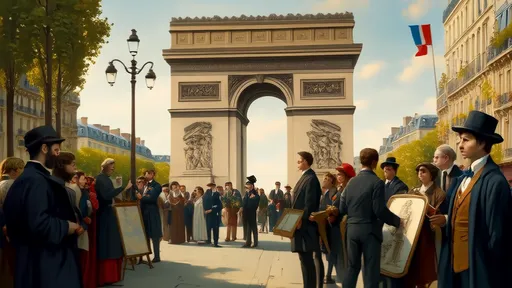
By /Jun 26, 2025

By /Jun 26, 2025
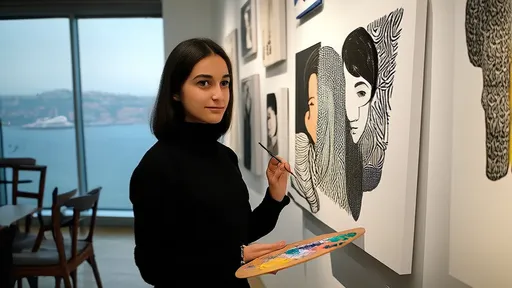
By /Jun 26, 2025
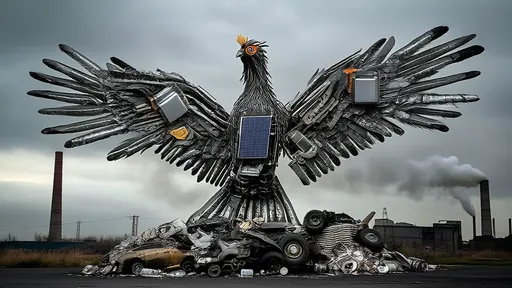
By /Jun 26, 2025

By /Jun 26, 2025
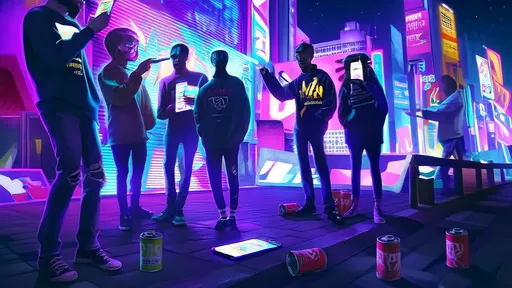
By /Jun 26, 2025
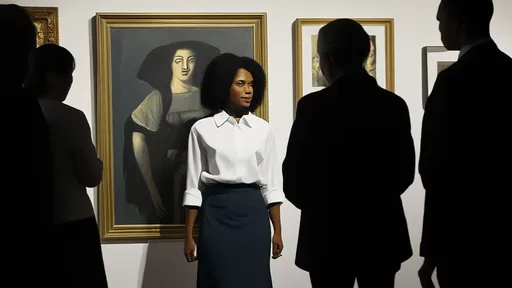
By /Jun 26, 2025
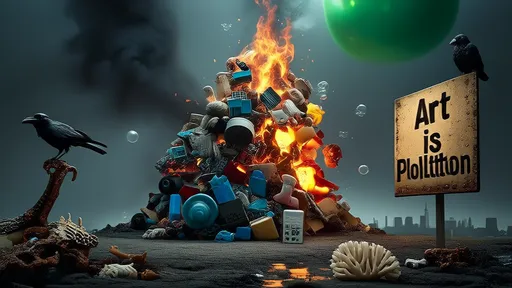
By /Jun 26, 2025
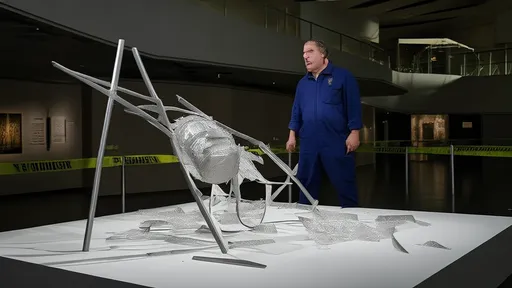
By /Jun 26, 2025
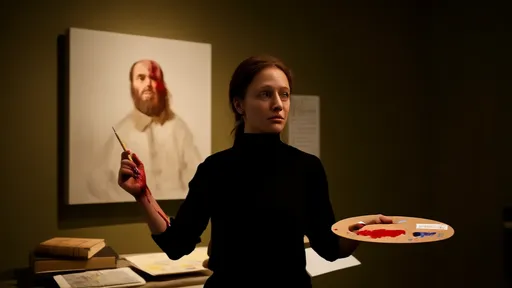
By /Jun 26, 2025
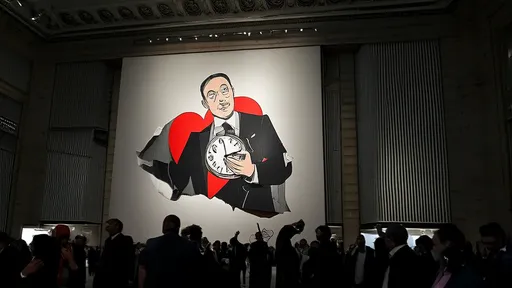
By /Jun 26, 2025

By /Jun 26, 2025

By /Jun 26, 2025